


Researchers have found a clever way to make quantum dots, tiny light-emitting crystals, produce streams of perfectly controlled photons without relying on expensive, complex electronics. By...



At the edge of two exotic materials, scientists have discovered a new state of matter called a "quantum liquid crystal" that behaves unlike anything we've seen...



Deep beneath the Swiss-French border, the Large Hadron Collider unleashes staggering amounts of energy and radiation—enough to fry most electronics. Enter a team of Columbia engineers,...



In a leap toward greener tech, researchers at the Paul Scherrer Institute have discovered a way to control magnetic textures using electric fields no bulky magnets...
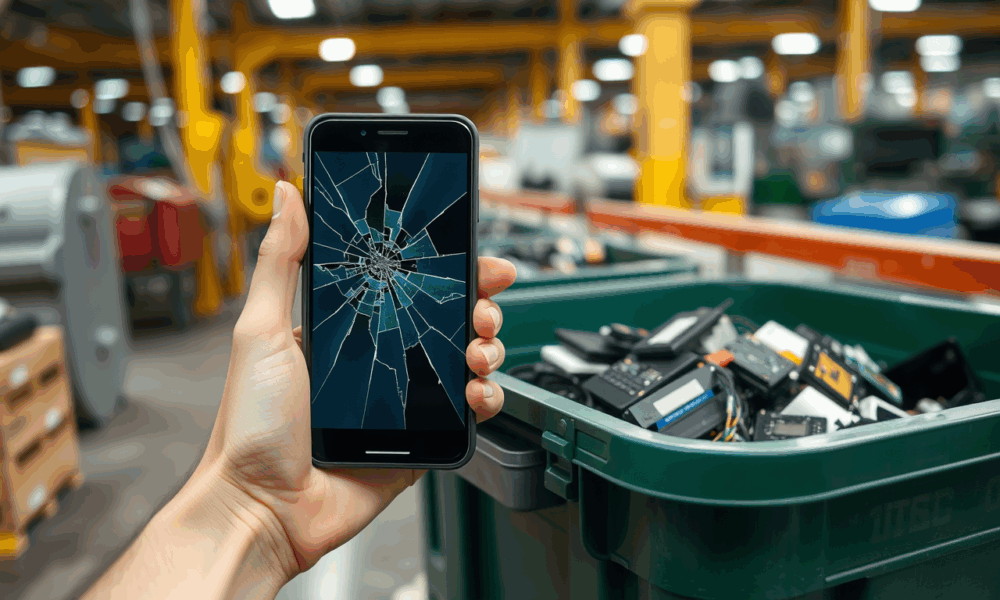
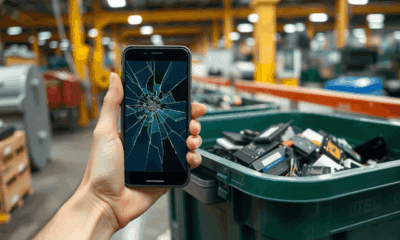

Electronics often get thrown away after use because recycling them requires extensive work for little payoff. Researchers have now found a way to change the game.
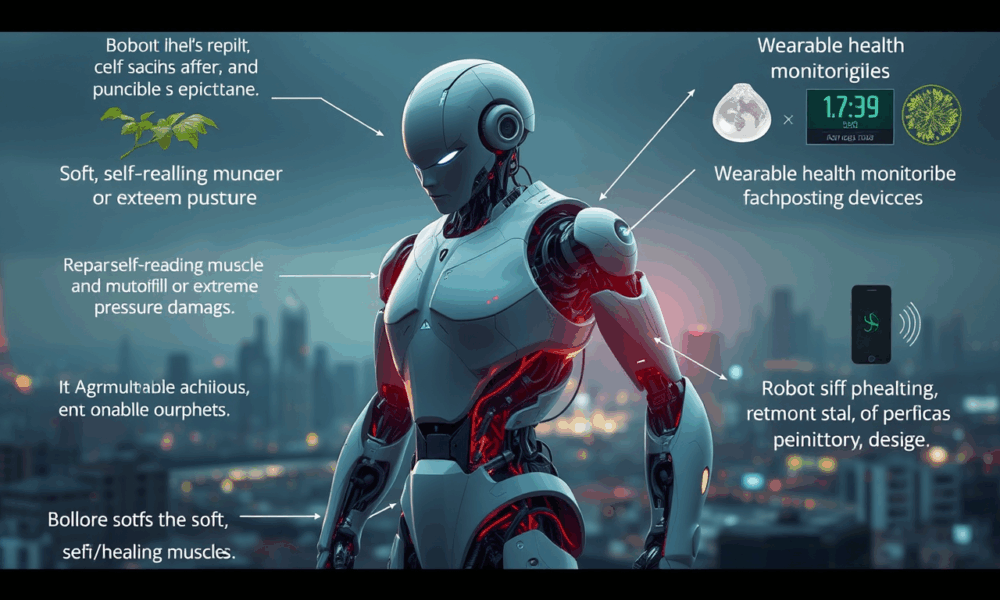
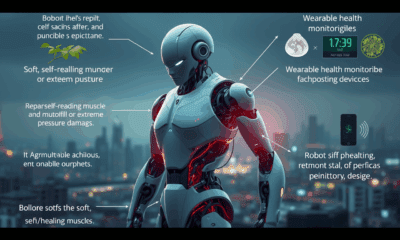

Students recently unveiled their invention of a robotic actuator -- the 'muscle' that converts energy into a robot's physical movement -- that has the ability to...
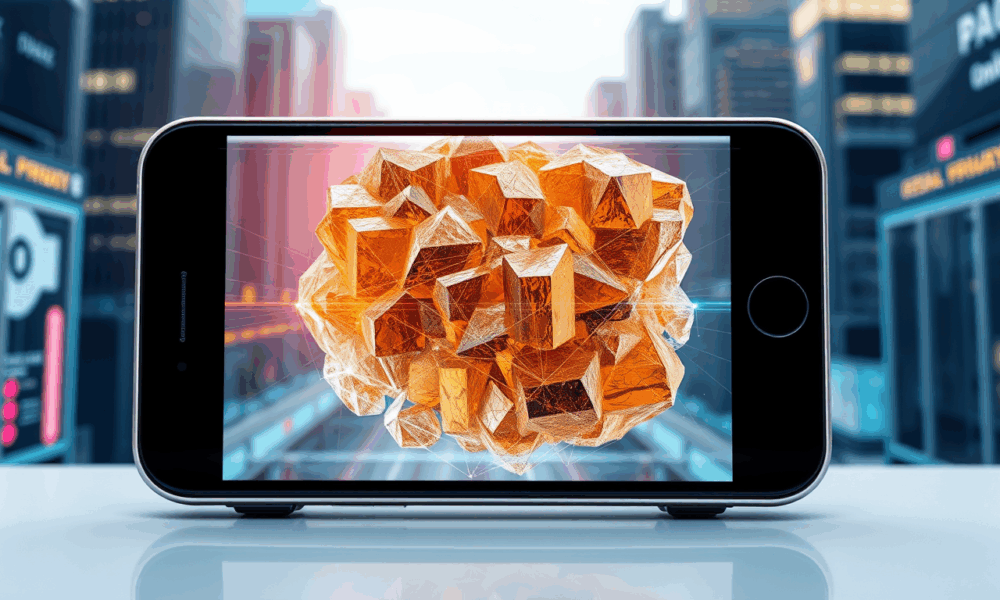


A research team has discovered ferroelectric phenomena occurring at a subatomic scale in the natural mineral Brownmillerite.
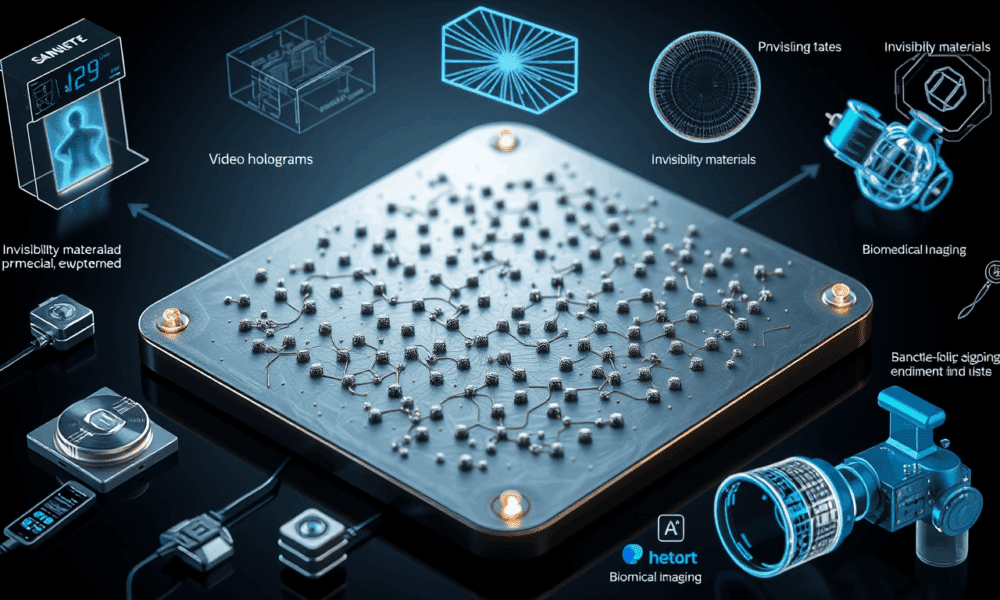
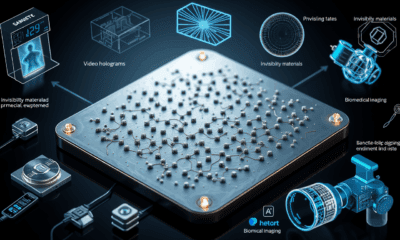

By carefully placing nanostructures on a flat surface, researchers have significantly improved the performance of so-called optical metasurfaces in conductive plastics. This is a major step...



Self-driving cars which eliminate traffic jams, getting a healthcare diagnosis instantly without leaving your home, or feeling the touch of loved ones based across the continent...
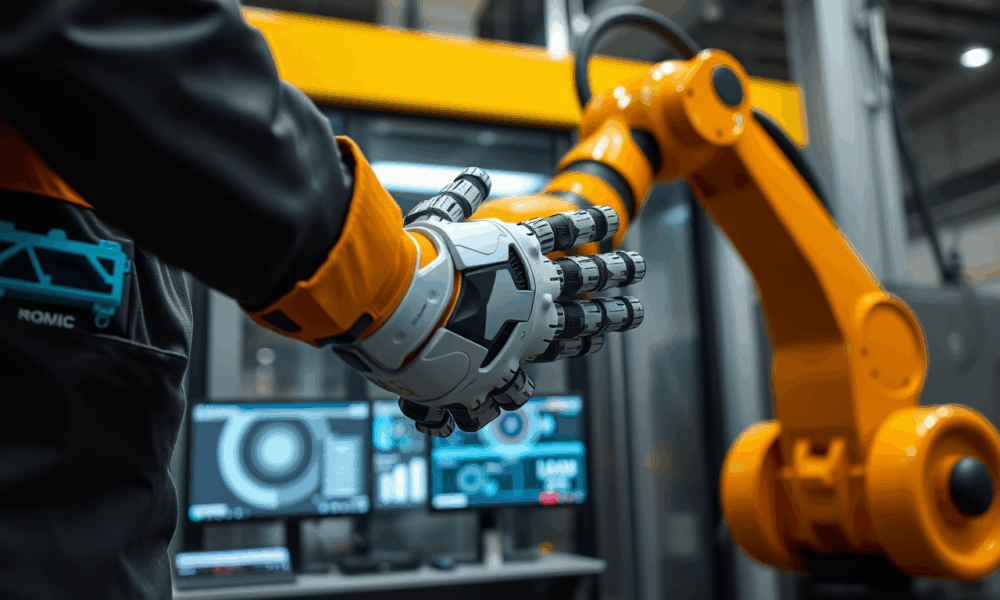
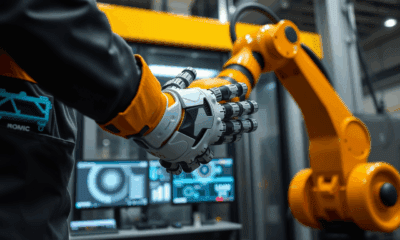

A research team has developed a novel haptic device designed to enhance both safety and efficiency for workers in industrial settings.